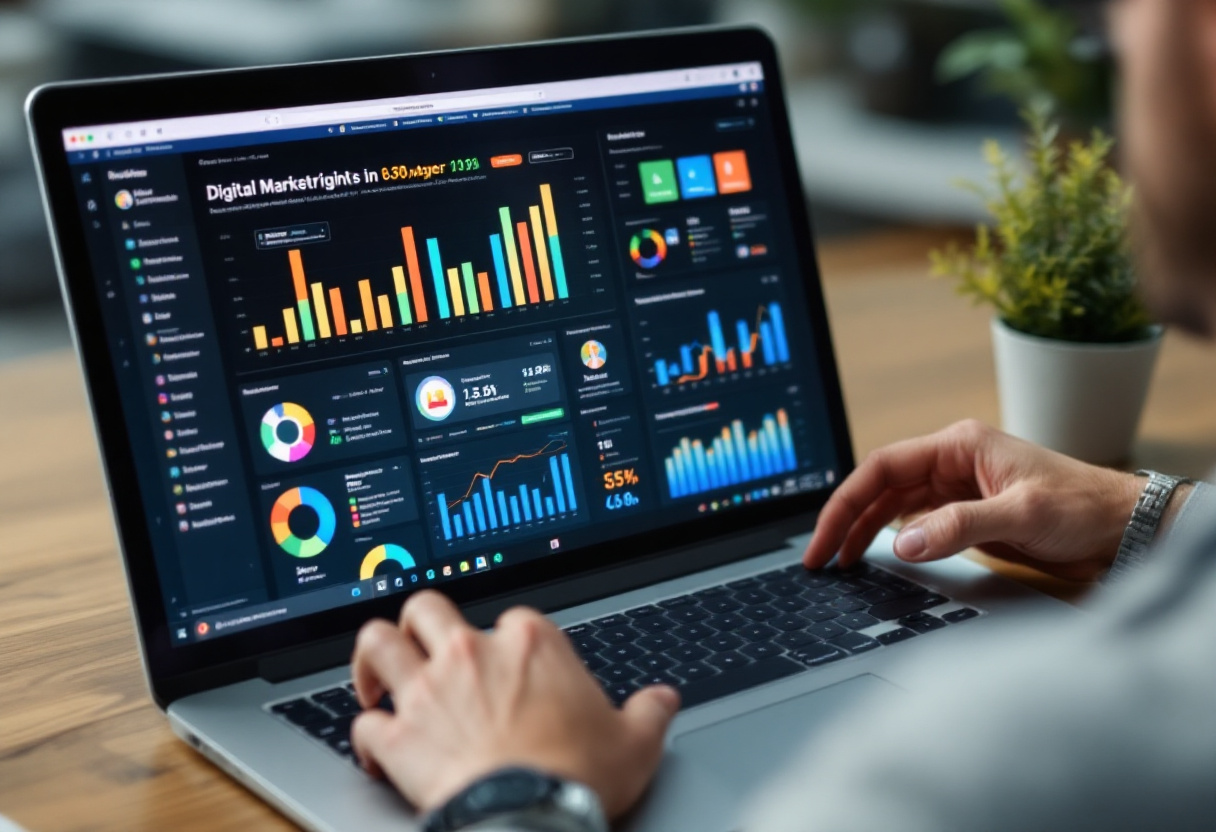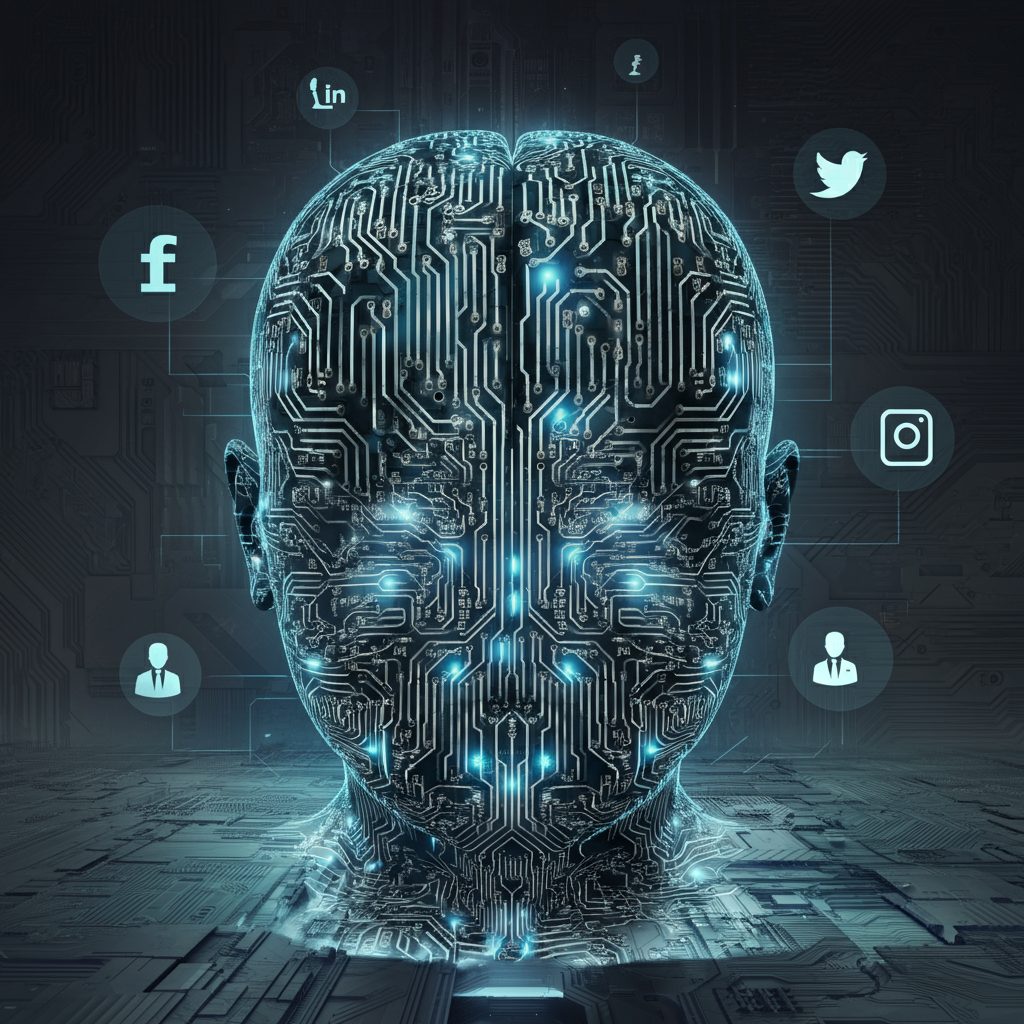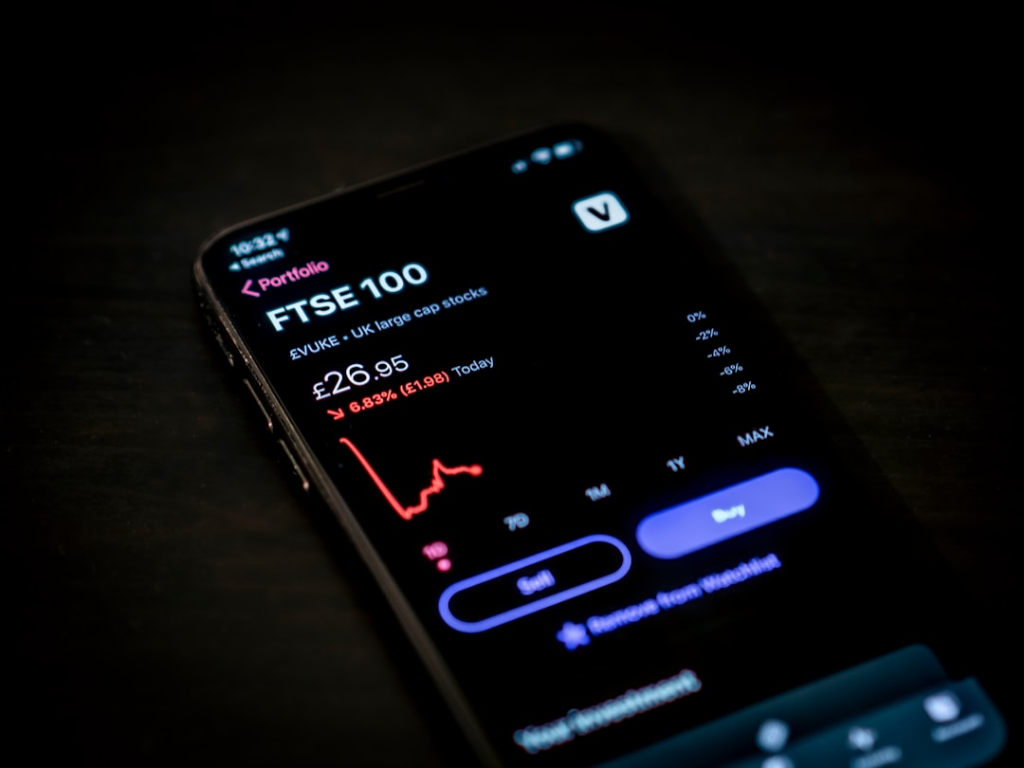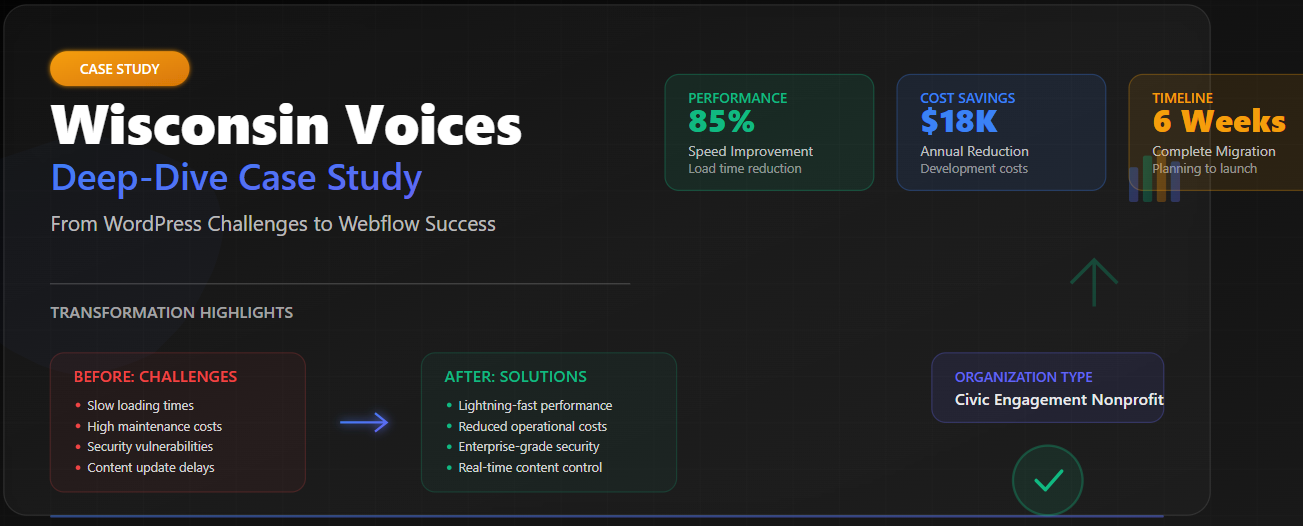AI Tools With High ROI

AI Tools For Digital Marketing

Artificial intelligence (AI) is a powerful tool that can help businesses of all sizes improve their digital marketing efforts. Here are a few key reasons why you should consider incorporating AI into your digital marketing toolkit.
- Personalization: AI can help you personalize your marketing messages and content for each individual customer. By analyzing data on customer behavior, preferences, and demographics, AI can help you create highly targeted marketing campaigns that are more likely to resonate with your audience.
- Automation: AI can help automate many of the tedious and time-consuming tasks associated with digital marketing, such as data analysis, content creation, and ad targeting. This can help you save time and resources, and focus on more strategic tasks.
- Predictive analytics: AI can help you predict customer behavior and identify patterns in customer data. This can help you make more informed decisions about how to reach and engage your target audience.
- Optimization: AI can help optimize your digital marketing efforts by identifying which campaigns are performing well and which aren't. This can help you make adjustments and improve your ROI.
- Better customer engagement: AI can help you improve customer engagement by providing personalized, real-time responses to customer inquiries. This can help you build stronger relationships with your customers and improve customer loyalty.
In conclusion, AI is a valuable tool that can help you improve your digital marketing efforts in many ways. From personalization to automation, predictive analytics to optimization, AI can help you reach and engage your target audience more effectively. By incorporating AI into your digital marketing toolkit, you can improve your ROI and build stronger relationships with your customers.
What you will learn in this article.
- How can OpenAI improve digital marketing content?
- What is sentiment analysis and how can AI help?
- How can AI software like Midjourney creatively improve digital marketing content?
- How do you conduct A/B testing on different variations of marketing campaigns with Midjourney?
- How do you use Midjourney's A/B testing feature to set up the test?
- How would you measure the ROI of an AI tool?
- Why understanding statistical analysis is required when measuring ROI?
How can OpenAI improve digital marketing content?
OpenAI is a cutting-edge technology company that specializes in developing advanced AI systems. One of the ways OpenAI can improve digital marketing content is through the use of its natural language processing (NLP) technology. NLP is a subfield of AI that deals with understanding and generating human language.
One application of NLP in digital marketing is content generation. OpenAI's advanced NLP models can be used to generate high-quality, engaging, and informative content that is tailored to the target audience. This can help businesses save time and resources by automating the content creation process.
Another application of NLP in digital marketing is content optimization. OpenAI's NLP models can be used to analyze and understand customer language, preferences, and behavior. This can help businesses optimize their content to better align with customer needs and interests, leading to improved engagement and conversion rates.
Additionally, OpenAI's NLP models can be used for sentiment analysis, which can help businesses understand how their target audiences are reacting to their content. This can help them to adjust their marketing strategies accordingly.
In summary, OpenAI's NLP technology can improve digital marketing content by automating content generation, optimizing content for the target audience, and understanding customer sentiment. By incorporating OpenAI's NLP technology into their digital marketing toolkit, businesses can improve their content quality, reach, and engagement with their target audience.
Companies are using the OpenAI API to incorporate it into their software. Google has projects that will incorporate OpenAI but keep reading because you will be amazed at these results.
What is sentiment analysis and how can AI help?
Sentiment analysis, also known as opinion mining, is the use of natural language processing, text analysis, and computational linguistics to identify and extract subjective information from source materials. This information can include attitudes, opinions, and emotions expressed by individuals, groups, or organizations.
Artificial intelligence (AI) can help with sentiment analysis in several ways:
- Text classification: AI algorithms can be trained to classify text into categories such as positive, neutral, or negative sentiment. This can help businesses understand how their target audience is reacting to their products, services, or brand.
- Opinion mining: AI algorithms can be trained to identify and extract subjective information from text. This can help businesses understand how their target audience feels about specific topics or issues.
- Emotion detection: AI algorithms can be trained to detect emotions, such as happiness, sadness, anger, or surprise, in text. This can help businesses understand how their target audience is feeling and how it may affect their purchasing decisions.
- Social media monitoring: AI algorithms can be used to monitor social media platforms for mentions of a brand, product, or service, and extract sentiment. This can help businesses understand how their target audience is reacting to their content and improve their social media marketing strategy.
In summary, sentiment analysis is the process of identifying and extracting subjective information from text and AI can help by classifying text, opinion mining, emotion detection, and social media monitoring. This can provide businesses with valuable insights into how their target audience feels about their products, services, or brand, and help them to improve their marketing strategies accordingly.
Try Sendible - Social Media Tool incorporates AI for monitor social media. THIS IS AN AFFILIATE LINK
How can AI software like Midjourney creatively improve digital marketing content?
AI software like Midjourney can creatively improve digital marketing content by using natural language processing (NLP) and machine learning (ML) techniques. Here are a few ways this can be done:
- Content generation: Midjourney's AI algorithms can be used to generate high-quality, engaging, and informative content that is tailored to the target audience. This can help businesses save time and resources by automating the content creation process.
- Personalization: Midjourney's AI algorithms can help personalize content for each individual customer by analyzing data on customer behavior, preferences, and demographics. This can help create highly targeted marketing campaigns that are more likely to resonate with the target audience.
- Optimization: Midjourney's AI algorithms can help optimize content for specific channels and platforms, such as social media or email marketing. This can help businesses reach their target audience more effectively and improve engagement rates.
- Predictive analytics: Midjourney's AI algorithms can use data analysis to predict customer behavior and identify patterns in customer data. This can help businesses make more informed decisions about how to reach and engage their target audience.
- A/B testing: Midjourney's AI algorithms can be used to conduct A/B testing on different variations of marketing campaigns, and select the most effective one. This can help businesses improve their ROI and increase conversions.
In conclusion, AI software like Midjourney can creatively improve digital marketing content by using natural language processing and machine learning techniques.
From content generation to personalization, optimization to predictive analytics, and A/B testing, Midjourney can help businesses reach and engage their target audience more effectively, improve their ROI and increase conversions.
How do you conduct A/B testing on different variations of marketing campaigns with Midjourney?
A/B testing, also known as split testing, is a method of comparing the performance of two or more variations of a marketing campaign to determine which one is more effective.
To conduct A/B testing with Midjourney, you would need to follow these steps:
- Define the goal of the campaign: Determine what you want to achieve with the campaign, such as increasing conversions, improving click-through rates, or driving more website traffic.
- Create variations: Create different variations of the campaign, such as different headlines, images, or call-to-action buttons.
- Set up the test: Use Midjourney's A/B testing feature to set up the test, and define the audience segments that will be included in the test.
- Run the test: Midjourney will randomly assign the variations to the audience segments and track the performance of each variation.
- Analyze the results: Midjourney will provide you with detailed analytics on the performance of each variation. You can then use this data to determine which variation performed the best and why.
- Implement the winning variation: After the test is completed, you can implement the winning variation across your entire audience.
In summary, A/B testing is a method of comparing the performance of different variations of a marketing campaign to determine which one is more effective. Midjourney can help with A/B testing by providing a tool to set up the test, randomly assign the variations, track performance, and provide detailed analytics on the performance of each variation. This can help businesses make data-driven decisions on which variation of a campaign perform the best, and help improve their ROI and conversions.
ChatGPT wrote this content telling me how to use Midjourney but this is similar to the instruction you get for Google Optimize.
The most impressive feature of Midjourney is it's ability to create image variations including web design.
Here are some images from Midjourney.

Feng Shui Web Design Elegant Luxurious

Facebook Ad and Magazine Cover
.png)
How do you Use Midjourney's A/B testing feature to set up the test?
The exact process of using Midjourney's A/B testing feature to set up a test may vary depending on the specific version of the software and the campaign you are running, but in general, the process would involve the following steps:
- Select the campaign you want to test: Log in to your Midjourney account and select the campaign you want to run an A/B test on.
- Create variations: Create different variations of the campaign, such as different headlines, images, or call-to-action buttons.
- Define the audience segments: Define the audience segments you want to include in the test, such as by geographic location, demographics, or behavior.
- Set up the test: Use Midjourney's A/B testing feature to set up the test by specifying the variations, audience segments, and the duration of the test.
- Launch the test: Once the test is set up, you can launch it and Midjourney will randomly assign the variations to the audience segments.
- Track performance: Midjourney will track the performance of each variation and provide you with detailed analytics on the results.
- Analyze the results: After the test is completed, you can use Midjourney's analytics to compare the performance of each variation and determine which one was the most effective.
- Implement the winning variation: Once you have identified the winning variation, you can then implement it across your entire audience.
In summary, to use Midjourney's A/B testing feature, you need to select the campaign you want to test, create variations, define the audience segments, set up the test, launch the test, track performance, analyze the results and implement the winning variation. This process can help you make data-driven decisions on which variation of a campaign perform the best, and help improve your ROI and conversions.
How would you measure the ROI of an AI tool?
Measuring the return on investment (ROI) of an AI tool can be a bit more complex than measuring the ROI of other types of investments, but it is still possible. Here are a few steps you can take to measure the ROI of an AI tool:
- Define your goals: Clearly define the specific goals you want the AI tool to achieve, such as increasing conversions, reducing costs, or improving customer satisfaction.
- Establish a baseline: Establish a baseline for the key metrics you will be using to measure ROI, such as conversion rates, customer satisfaction, or costs.
- Implement the AI tool: Implement the AI tool and track the performance of the key metrics over time.
- Calculate the ROI: Use the following formula to calculate the ROI of the AI tool:(Net benefit from the AI tool / cost of the AI tool) x 100
- Compare the results: Compare the results of the AI tool to the baseline to see if it has achieved the desired goals and what kind of return it generated.
It's important to note that measuring the ROI of an AI tool can be complex and may require a significant amount of data collection and analysis. It's also important to consider the long-term benefits of the tool, as some benefits may not be immediately apparent.
Why understanding statistical analysis is required when measuring ROI?
There are two types of statistical analysis:
- Quantitative analysis look at numerical data for patterns and positive results.
- Subjective analysis looks at feelings, emotions that are harder to measure but will yield higher brand satisfaction. That's the most important results of brand strategy.
In summary, measuring the ROI of an AI tool is possible but can be complex, it requires clearly defining the goals, establish a baseline, implementing the tool, calculating the ROI and comparing the results to the baseline. It's important to keep in mind that measuring the ROI of an AI tool may require a significant amount of data collection and analysis, and may not be immediately apparent.
CONCLUSIONS
You can get impressive results from AI but the key is have a great AI tool that frontends OpenAI.
The goal of digital marketing to create a revenue driving strategy.
I use this powerful frontend for my digital marketing.
It's gone through a name change and has a superpower called RECIPES and WORKFLOWS.
You don't have to go through that huge learning curve.







.jpg)



.jpg)












.jpg)


.jpg)
.jpg)

.jpg)


.webp)



















.png)

.png)





.png)





.png)





























